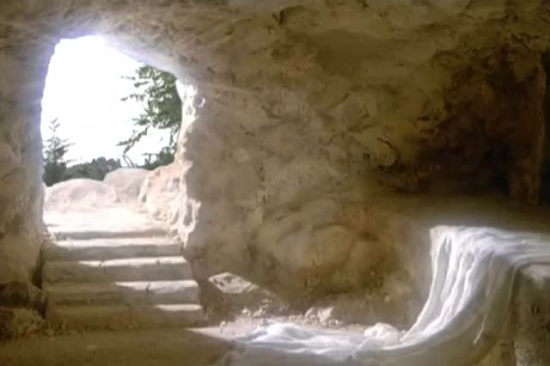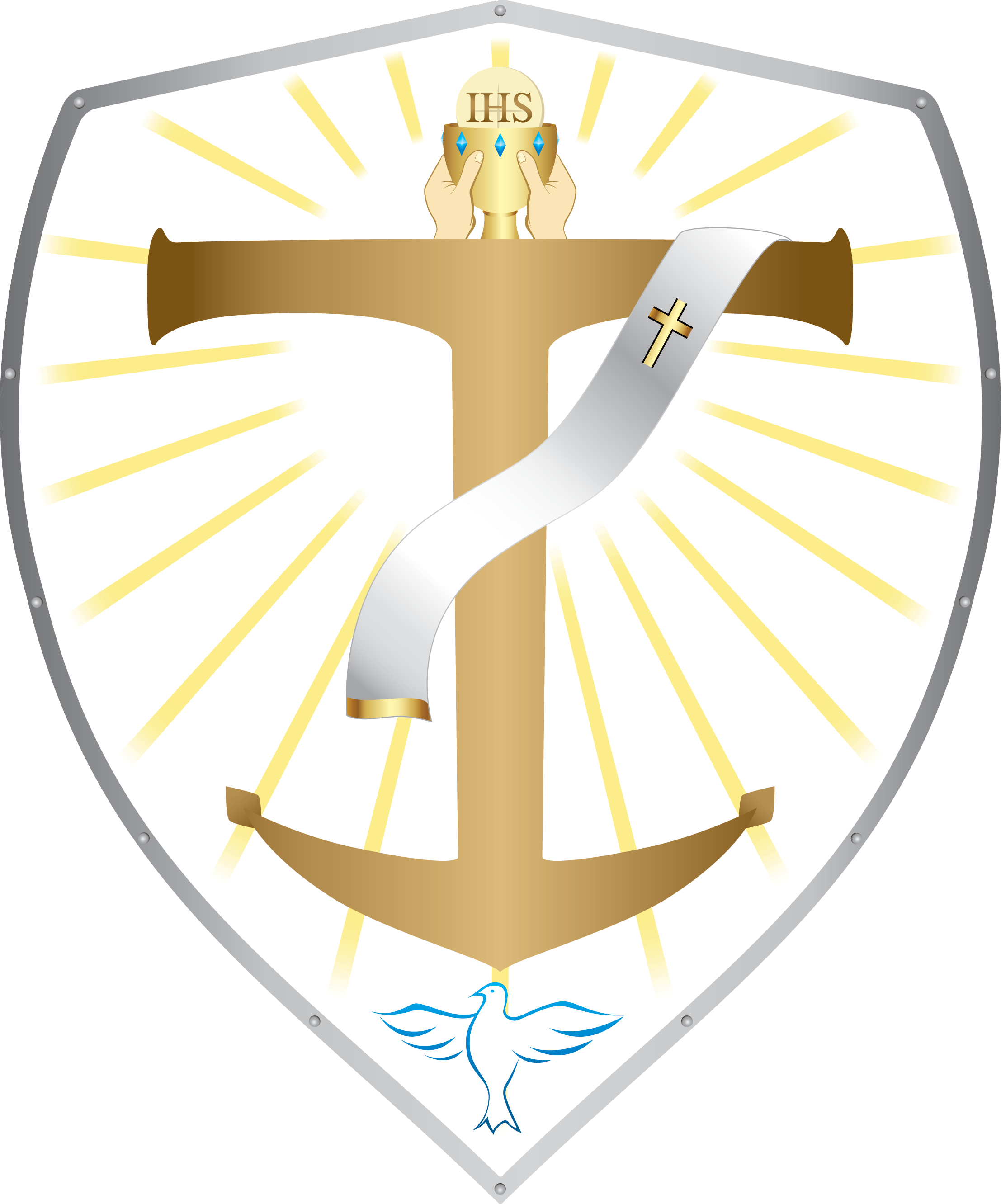Paschal Triduum – Holy Thursday, Good Friday, Holy Saturday, Easter Sunday
Gospels: Jn 13: 1-15(Holy Thursday); Jn 18:1-19:42 (Good Friday); Mat 28: 1-10 (Easter Vigil); Jn 20:1-9 (Easter Sunday)
The Paschal Triduum once referred to as “the still days” returns once again to this message of being still in the celebration from sunset Holy Thursday through Good Friday, Holy Saturday, and Easter Sunday. During this time the bells of the church are silenced reminding us to silence our hearts in this solemn time of Jesus Passion, Death, and Resurrection. The question for us is how will we respond in this call to an interior solitude?
The Church recognizes signs of holiness, visible signs of invisible grace. It does so in the sacraments we celebrate with each sacrament having a visible sign beginning with baptism having the sign of water. The invisible grace is the coming of the Holy Spirit to reside in us and us in him. In the world today exist three visible signs of Christ representing his presence in the Paschal mystery of his passion, death, and resurrection. These signs remind us of a crucified man who underwent excruciating pain, died, and appears to be coming back to life. In fact, the word “excruciating” comes from “crucifixion”. What are these signs?
The visible signs of the Paschal mystery are three cloths where science has recognized as inexplainable by natural means and remain a mystery. What is not a mystery is what science reveals about the man crucified. The first signs is a cloth called “Sudarium” (latin for sweat-cloth) identified as Veronica’s veil and in Italian called the “Telo Di Oviedo” representing the location it is in. In the Via Dolorosa we recall Veronica wipes the face of Jesus and his blood and sweat leave an imprint on the cloth. This Sudarium is simply one mystery cloth until it is joined to the other two.
The second cloth is perhaps the most recognized in the world because it has been studied by scientist over the years. This visible sign is the Shroud of Turin, so called because of the location where it is kept. This cloth bears a negative image of a man whose body is scourged, face beaten and a crown of thorns placed on his head. The negative image of this man shows holes in his hands and feet indicating he was crucified. When a negative of the negative is made then a positive “picture” appears of this naked man crucified. The cloth is the traditional Jewish burial cloth able to wrap along his back and front area showing the scourging on his back, the wound on his side, the nails in hands and feet, the imprint of thorns on his head. Pope John Paul II now Saint John Paul II called the shroud “a mirror of the Gospel” something to be still and contemplate.
The third cloth is the covering over the face of a crucified man called the “Volto Santo Di Manopello” again because of the location where it is found but also known as the “Face of Jesus”. Having visited during a pilgrimage the site of Manopello the “Visitation Pilgrimage” group was privileged to be there on the day it was being exposed and processed through the community. This happens only twice a year. We were also given a presentation by a Franciscan Father who demonstrated the significance of each of the cloths together. Having each cloth overlap each other they produce a perfect fit revealing they belong to the same crucified man. The significance of the cloths also reveals by their pollen content that they represent the area of Jerusalem as their original location. More significant about this cloth is that science indicates areas of the face that are dead tissue and areas that are living tissue while the eyes are pinpoint as if just coming into the light. What does this mean?
The meaning of all three cloths beyond the significance that they belong to the same crucified man is the deeper mystery of these cloths, it is the Paschal mystery. Veronica’s veil is the cloth representing the passion of Jesus scourging; the burial cloth represents Jesus’ death in the tomb; and the “Face of Jesus” cloth represents the moment of the resurrection. This is the Paschal Triduum, this is our faith.
What we make of these “signs” is for our personal reflection. What we make of our faith has everlasting impact. These “signs” are left for us to contemplate our faith, what we believe and how we practice what we believe. Faith and reason remain in the heart of the soul to discern but the fact is these cloths remain to tell a remarkable story of a man brutally tortured, crucified, buried, and coming to life.
In time science will continue to study these three cloths and reveal much more of the crucified man but the truth is already revealed to us in the person of Jesus Christ. The sign we are given is faith through the Holy Spirit, in the sacraments of the church at the altar in memorial of the sacrifice we offer this Paschal Triduum and the sacrifice he gave for us. This man we call Jesus of Nazareth, the second Person of the Trinity, the Son of Man, our redeemer. This we believe, this we celebrate and this is our Easter! Be still and know that the great “I Am” is God with us. Be still and come to the deeper life of faith, hope and love. Happy Easter! Happy Resurrection Day! Alleluia! Alleluia!



Recent Comments